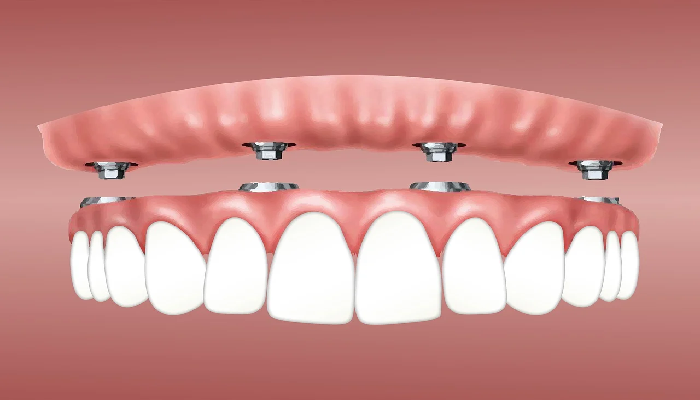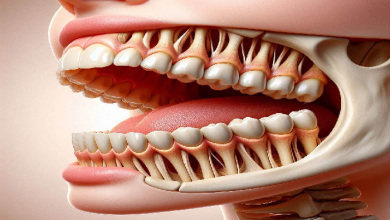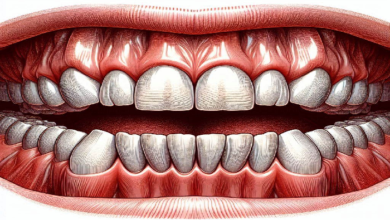Tooth Crowns Before and After

Tooth Crowns Before and After A crown usually covers a bad tooth. It can be made from different materials, including metal or clay.
You may have a crown on a small molar that is rarely visible without a big gape, or you may have a crown on your front teeth that matches your other teeth. Let’s go and read tooth crowns before and after.
What is a Tooth Crowns Before and After?
Tooth Crowns Before and After is a tooth-like crown that is placed on a damaged or decayed primary tooth to restore shape and beauty. Use clay for a natural effect. These crowns protect natural teeth, especially in patients with cavities or hard teeth.
However, basic dental crowns have some problems:
- They require significant tooth reduction, meaning that part of the natural tooth must be removed to fit the crown.
- Their equipment may not be suitable for patients with minor injuries or those who require minimal care.
- For these patients, other solutions, such as crowns or dental implants, may be appropriate.
There are many factors to consider when choosing a crown.
- cost
- strength
- durability
Looking natural without smiling is also important to you. Your dentist can discuss your options with you and help you decide what is right for you.
Any type of dental crown
Can be used for crowns, including:
- porcelain
- ceramic
- zirconia
- metal
- composite resin
- a combination of materials
For example, a ceramic crown made of metal cannot be a crown at all.
When choosing your crown material, your dentist:
- Position the tooth
- How many teeth will appear when you smile?
- Gum area
- Dental work requires a crown.
- How many natural teeth are left?
- The color of the surrounding teeth
You can also discuss your individual needs with your dentist.
A temporary crown
What does a temporary crown look like? This is a crown that will stay in your mouth for a while.
Your dentist will place an easily removable adhesive to avoid wearing a permanent crown.
This is done while waiting for the final crown to be made. And in the second promise, the everlasting crown will be placed on the birds.
One-day Crown
You can get the crown in time.
Some dental offices make crowns the same day using one of the following methods: computer-aided design or computer-aided manufacturing (CAD/CAM).
Your new crown is made from clay and poured right into the office.
Onlay or 3/4 crown
Some crowns only cover part of the tooth. If you do not want a full crown, your dentist may recommend an onlay or 3/4 crown.
Many working days are a temporary crown
For eye crowns, you should visit your dentist twice.
- A dentist examines and prepares a tooth that needs a crown. This may require a skin x-ray. They may have already removed the fungus from the tooth or mouth.
- The dentist will insert a file and remove some of the top layer of the tooth.
- Impressions will be taken of the decorated tooth and adjacent teeth.
- Your dentist will place a temporary tooth on it to protect it.
- They send the impression to the laboratory, which makes the crown. This process can take weeks.
- Once the crown is in place, you will return for a second visit so the dentist can place the crown on your teeth.
Dental crown care
Once the crown is installed, it is important to take care of it. Taking care of your wreath will extend its life.
Here are some helpful tips:
- Learn how to brush your teeth properly. If you can brush your teeth twice a day, it’s time to start. Consider using toothpaste if the crown or adjacent teeth are damaged by heat or cold.
- Braces can help you keep all of your teeth in tip-top condition.
- Avoid solid foods. Eating ice or hard foods can break the crown, especially if you have a frozen crown.
- If you grind at night, your dentist may recommend a night guard to protect the crown and surrounding teeth.
Consequences of the coronation
Tooth Crowns Before and After can be a great way to fix a serious problem with one of your teeth. However, getting a crown comes with risks and problems.
Teeth are sensitive.
It is not uncommon for a crowned tooth to feel hot or cold.
However, if your tooth tends to bite, it may be damaged. Consult your dentist about changing crown placement.
Carved crown
Some types of crowns, including all ceramic crowns, are very sensitive. A dentist can repair small chips.
The machine used for ceramic and metal crowns can collapse, revealing the metal structure underneath. It may not be necessary to repair these chips if the steel is very hard.
The crown is out of place or loose.
A crown can crack or collapse if there is not enough cement. If you feel the crown loosening or slipping, call your dentist.
Allergies
It is not known, but some people may be allergic to the metal used in some crowns.
Periodontitis
If you notice that the gums around the crown are sore or irritated, or if the area begins to swell, you may have gingivitis.
Description of the first dental crown procedure
Now that we have discussed the materials used for first tooth crowns, let’s look at the steps to take to remove the first tooth crown. This will ensure that you understand what to expect at each step and that you are fully prepared for your dental appointment.
The first step is to talk to your dentist. During this time, your dentist will examine your teeth and any cosmetic concerns.
Dental consultation and preparation
During the first appointment, the dentist will determine the type, color, shape, and preparation of the Tooth Crowns Before and After. Part of the preparation involves cutting the teeth. On average, about 30% of the tooth moves during the main dental crowning process.
This appointment is ideal for deciding what steps to take and ensuring the tooth is properly prepared for a crown. Don’t forget to let us know if you have any questions or concerns at this time.
Impression and temporary crown
After preparing the tooth, the dentist will take impressions or models, possibly with a dental scanner, of the original tooth to make a personalized crown. During this time, a temporary crown will be placed on the tooth until the permanent crown is ready.
This temporary solution will help preserve the appearance and function of the tooth while the dental laboratory creates the custom dental crown, ensuring the best fit and results.
Permanent crown construction
The last appointment is:
- Permanent crown installation
- See a good introduction
- Removal of the temporary crown
- A permanent crown bonded to dental cement
- Adjust smoking if necessary.
- Sand the crown for a smooth finish.
A good fit is important to ensure that the crown fits properly and does not damage surrounding teeth. This last procedure makes the crown of the anterior tooth functional and beautiful.
Except for dental crowns
Your dentist can recommend a crown that meets your needs or is attractive.
For example, your tooth may be too weak or broken and require a permanent filling, so braces, if it’s just your primary tooth, or another type of treatment is a good idea.
Alternatively, your tooth may have a cavity too large to fill, and your dentist may recommend a crown as the best way to protect your tooth.
Final Thoughts
Finally, basic dental crowns are a beautiful and long-lasting solution to regaining your smile. By carefully considering different materials, methods, costs, and maintenance, you can make an informed decision that will benefit your dental health. Always talk to your dentist to find out all your options and the best treatment. Remember, a beautiful, healthy smile is worth the investment.
Frequently asked questions
Can I have a crown on my first tooth?
Yes, you can make a crown on your front tooth. Dental crowns can help restore or create a beautiful smile if your teeth are severely damaged or if you prefer a more complex restoration option. For aesthetic reasons, ceramic or zirconium crowns are preferred.
Are they suitable for crowns of primary teeth?
Anterior Tooth Crowns Before and After can restore severely damaged teeth, act as natural tooth protectors, and help increase self-confidence. They are an excellent choice for straightening crooked teeth, strengthening weak teeth, and providing a strong aesthetic result.
How long are dental crowns?
High-quality dental crowns can last thirty years or more; composite crowns can last fifty-five years; and metal crowns can last more than 20 years. In most cases, dental crowns placed on primary teeth will last 15 years.
What is the difference between a front tooth crown and a crown?
Primary dental crowns are used for serious dental problems, while crowns are used for minor problems to reduce discomfort.
What materials are used for metal crowns?
Metal crowns are made of alloys of gold, palladium, nickel, and chromium.
Related Post,



